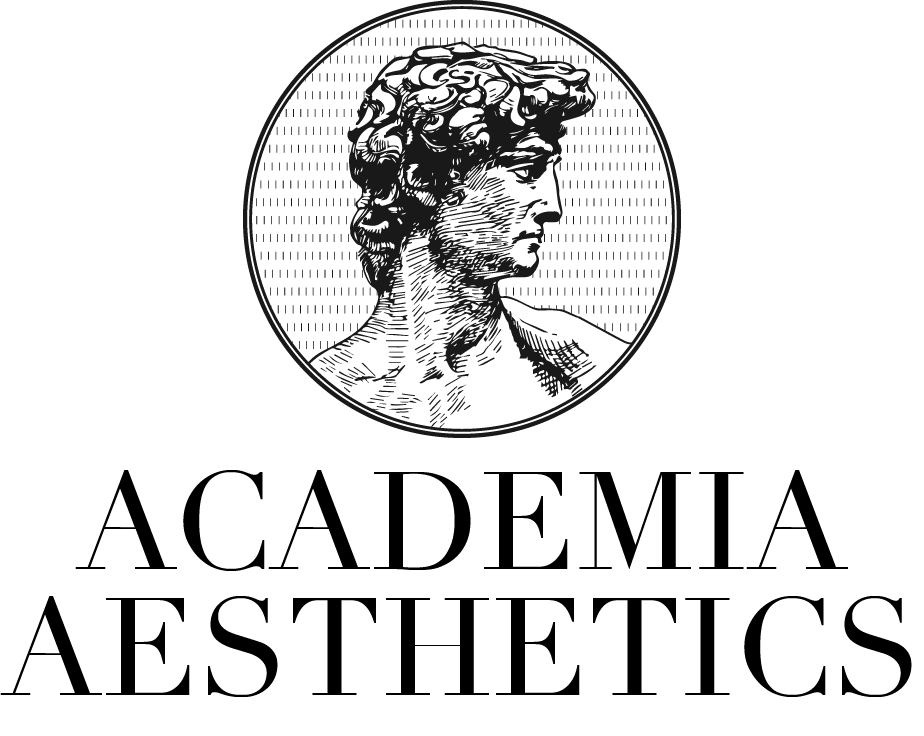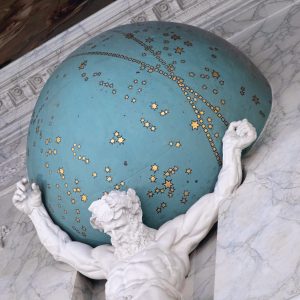Thomas de Keyser
Showing the single result
Thomas de Keyser (1596-1667) was a Dutch painter and architect who worked primarily in Amsterdam during the 17th century. He was known for his portraits and historical scenes, which often depicted wealthy merchants and civic leaders of Amsterdam. De Keyser was also an accomplished architect and designed several buildings in Amsterdam, including the Amsterdam City Hall, which is now known as the Royal Palace of Amsterdam. His architectural style was characterized by the use of classical elements, such as columns, pediments, and symmetrical layouts. De Keyser’s work was influential in the development of Dutch classicism, and he is considered one of the most important architects of his time.

